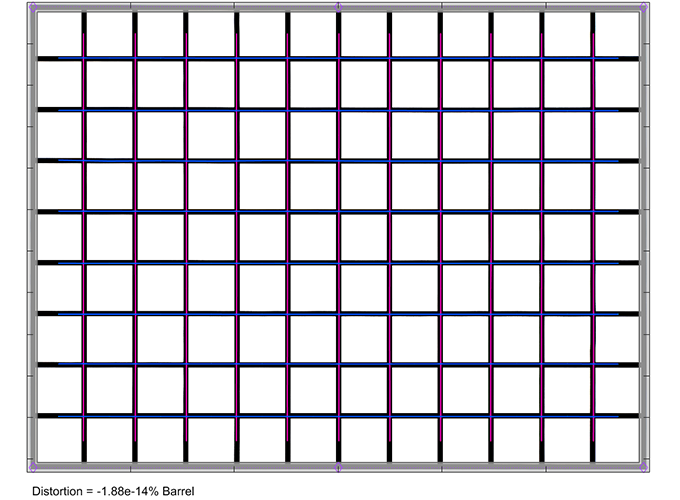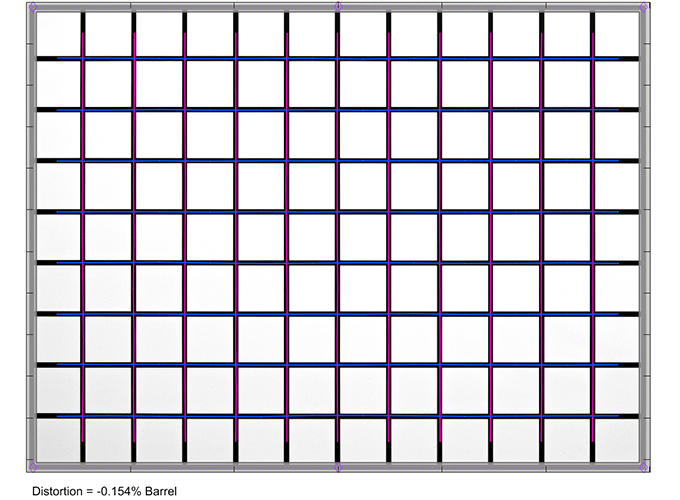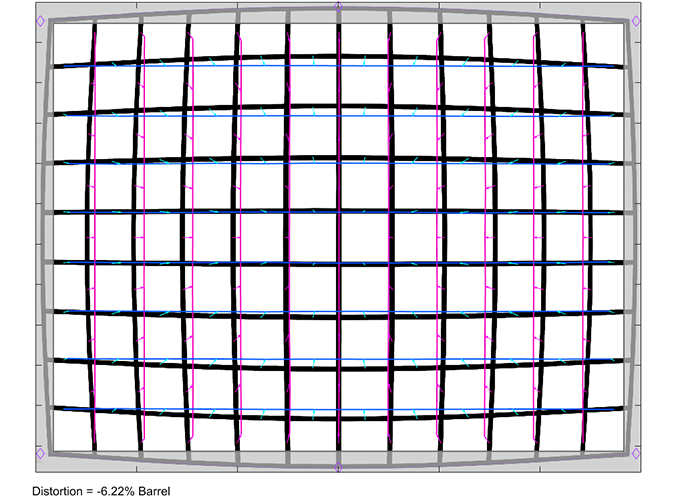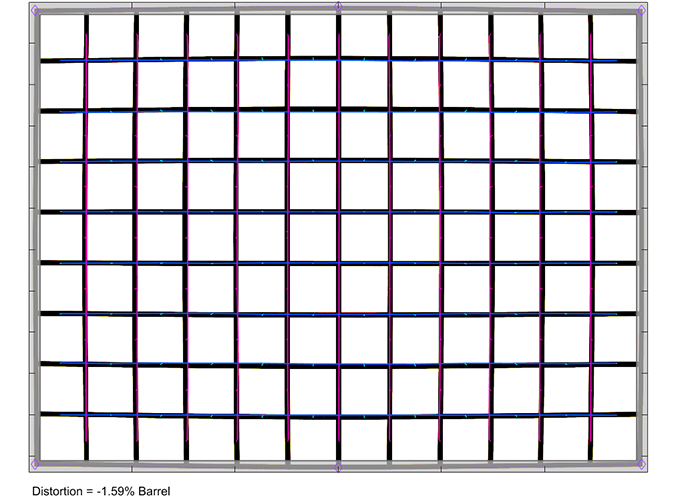by Klaus Schroiff, published September 2021
Introduction
The overall market has been shifting to high-end products, and primarily towards the full-format segment. However, Micro-Four-Thirds has maintained one stronghold – serving users who want to enjoy the benefits of system cameras while maintaining a compact setup. Full-format CAMERAS may be almost comparable in size and weight but there is barely anything that the manufacturers can do to shrink LENSES without giving up the benefits of full-format. And unless we are talking about single-lens setups, it tends to be the lenses that are responsible for the bulk of the carrying burden. An interesting variation to the size & weight topic is the Olympus M.Zuiko ED 12-45mm f/4 PRO. The ED 12-40mm f/2.8 PRO is already small but the ED 12-45mm f/4 PRO is, of course, pushing this even further – whilst still promising professional-grade performance. And due to the slow max aperture, it doesn’t even cost an arm and a leg at around $650/600EUR.
The handling of this lens is a bit of an unusual experience – at least for yours truly. Small zoom lenses tend to be made of plastic and often have mediocre build quality. This isn’t the case here. The lens body is made of metal with smoothly operating zoom- and focus-control rings. Being a PRO lens, it is, of course, weather-sealed and on top of that – freeze-proof down to -10C. Unfortunately, it still uses an extending zoom mechanism but that’s a common characteristic among standard zoom lenses. A petal-shaped lens hood is provided.

The AF is very fast which is hardly surprising given the weight of the tiny focus group. It’s also noiseless. Manual focusing works, of course, “by-wire” thus you are driving the AF motor when turning the focus ring. This works just nicely and is very precise. If you want to switch between focus modes, you have to do so on the camera. There is no switch nor focus clutch on the lens for this. For image stabilization you will have to rely on the camera – there is none on the lens.
| Specifications | |
|---|---|
| Equiv. focal length (full-format) | “24-90mm” (in terms of field-of-view) |
| Equiv. aperture (full-format) | “f/8” (in terms of depth-of-field) |
| Optical construction | 12 elements in 9 groups (2x HR, 1x DSA, 1x Super-HR, 2x Aspherical, 2x ED elements) |
| Number of aperture blades | 7 (circular) |
| min. focus distance | 0.12m (wide) / 0.23m (tele) (max. magnification 1:4) |
| Dimensions | 63.4x70mm |
| Weight | 254g |
| Filter size | φ58mm |
| Hood | petal-shaped, bayonet mount, supplied |
| Other features | IPX1 dustproof, splashproof, freezeproof |
| Mount | Micro-Four-Thirds |
Distortion
Micro-Four-Thirds cameras use an auto-correction mechanism for image distortions thus there isn’t much to worry about in this respect. There is a trace of barrel distortion (1.1%) at 12mm but this is almost negligible.




You may argue that RAW distortions are irrelevant in the MFT scope but they can give a hint towards what can be expected in the MTF chapter.
At 12mm, there’s a MASSIVE amount of barrel distortion (6.2%) which is, without correction, unusable by most standards. At 18mm, they are tamed down to a moderate level. At 30mm and 45mm, they swing to medium pincushion distortions – not great but not terrible either.




Vignetting
Vignetting is another aspect that is usually corrected under the hood. There’s still some visible light falloff at 12mm and at 45mm f/4 but it doesn’t reach disturbing levels.

Image auto-correction doesn’t have to be all that aggressive here. There is a relatively minor relative increase at 12mm and “large” aperture settings but this is about it. Or in other words – the lens isn’t underdesigned in this respect (unlike some other lenses – I’m looking at you, Canon RF 24-105mm f/4-7.1 STM IS).

MTF (resolution)
In the scope of Micro-Four-Thirds, lenses tend to reach their peak performance between f/2 and f/2.8. Obviously, the Olympus M.Zuiko ED 12-45mm f/4 PRO is already slower than this and diffraction is the limiting factor even at f/4. Given the depth-of-field characteristic, it is therefore important to have the best possible performance without stopping down (much). The Olympus lens is (mostly) capable of providing this. The center quality is excellent throughout the zoom range at f/4 and f/5.6. The border “situation” is most interesting at 12mm, of course. Remember that we detected massive RAW distortions at this setting? The correction is taking its toll on the achievable resolution due to the required image stretching. At focal lengths with less aggressive distortion correction, the borders/corners are on a very good level. Diffraction becomes an issue from f/11 onward. If you are used to bigger formats, remember that f/8 on MFT is equivalent to f/16 (full format) so it’s just not necessary to stop down that much in most scenes.
The centering quality of the tested sample was good. The field curvature is low at conventional focus distances.
Please note that the MTF results are not directly comparable across the different systems!
Below is a simplified summary of the formal findings. The chart shows line widths per picture height (LW/PH) which can be taken as a measure of sharpness. If you want to know more about the MTF50 figures, you may check out the corresponding Imatest Explanations

Chromatic Aberrations (CAs)
Lateral CAs (color shadows at the image borders) are very low, with an average pixel width of less than ~0.5px. The CAs increase slightly when stopping down but they remain unobtrusive.

Bokeh
If you buy into the MFT system and especially this lens for achieving beautiful bokeh, you are doing it wrong. Achieving a shallow depth-of-field is, of course, not impossible but it’s just not a strength. The sample image section contains some examples of what’s possible in real life by choosing a fairly short focus distance at least.
Even so, let’s have a brief look at two aspects. Out-of-focus highlights are circular in the image center but show both a fairly busy inner substructure and outlining. Stopping down shows the more edgy aperture shape already.

Highlights are one thing, the smoothness in the focus transition zones is another one. We haven’t tested this formally but the blur is quite pleasing as you can see below.

Sample Images
Competition
The Olympus M.Zuiko ED 12-45mm f/4 PRO (shown to the left below) competes with its in-house cousin, the Olympus M.Zuiko ED 12-40mm f/2.8 PRO (center), the Panasonic Lumix G 12-35mm f/2.8 ASPH OIS II (to the right) and possibly the Leica DG 12-60mm f/2.8-4 ASPH OIS (not shown). The ED 12-40mm f/2.8 PRO is, obviously, an f-stop faster and a tad better at 12mm – but it is also 50% more expensive. If you want more speed and live on the Panasonic side of the system, the Panasonic lens may be attractive – also because it is compatible with Dual-IS on Panasonic cameras. This also applies to the Leica DG 12-60mm f/2.8-4 ASPH OIS. The extra range is certainly a plus for the Leica lens but this also means that it is bigger.

Visual comparison courtesy of camerasize.com.
The Olympus M.Zuiko ED 12-45mm f/4 PRO offers very high performance in a very small package. In terms of sharpness, it doesn't show any major weakness across the zoom range. If anything, the borders/corners could do with a bit more bite at the 12mm. Micro-Four-Thirds is auto-correcting most of the other technical image aspects. Thus there's just a hint of barrel distortion at the wide and the vignetting is quite moderate. When looking under the hood, the distortions are extreme at the 12mm setting, though. Lateral CAs are low and nothing to worry about. The quality of the bokeh is generally Ok within the limited capabilities of the slow max aperture at least.
Despite being tiny, the lens remains true to its "PRO" designation. It features a tightly assembled, weather-sealed, metal body and smooth control rings. The AF is both quick and noiseless.
The Olympus M.Zuiko ED 12-45mm f/4 PRO is certainly not a lens for everyone. The rather slow max aperture was subject to quite some debates at the time the lens was announced. While it is a limiting factor for some use-cases, you have to keep in mind that Olympus had different design objectives here. If you want more speed, just go for the ED 12-40mm f/2.8 PRO. However, if you want maximum portability, the ED 12-45mm f/4 PRO has its merits - especially when combined with one of the smaller Olympus cameras like the E-M5 III. Especially outdoor enthusiasts may appreciate such a package.
-
Optical Quality
-
Build Quality
-
Price / Performance


